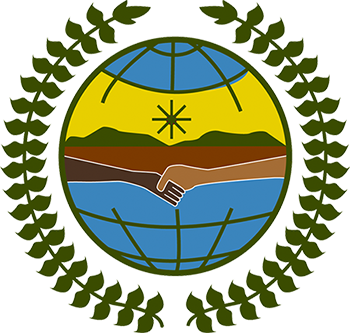Responses
• UNICEF reports that UNICEF continues to integrate principles and guidance on indigenous issues into the ongoing development of programmatic guidance. A notable example is the Monitoring Results for Equity System (MoRES), an agency-wide programming and monitoring approach that aims to sharpen the focus of programmes on the most critical barriers and bottlenecks that prevent children, especially the most disadvantaged, from benefiting from basic social services, interventions and care practices.
• In Guatemala, the MoRES methodology allowed UNICEF Guatemala and partners to identify more systematically the bottlenecks that prevent chronic malnutrition reduction, such as poor counselling methodologies and failure to work closely with communities to better understand their beliefs and reasons for certain practices. The bottlenecks analysis also allowed the government to determine where it should deepen its analysis related to particularly vulnerable groups, such as female-headed households in indigenous communities. With support from UNICEF, the government is currently conducting a targeted qualitative anthropological survey to identify specific barriers and bottlenecks affecting these groups of women with regard to accelerating the combat against chronic malnutrition.
 Welcome to the United Nations
Welcome to the United Nations
